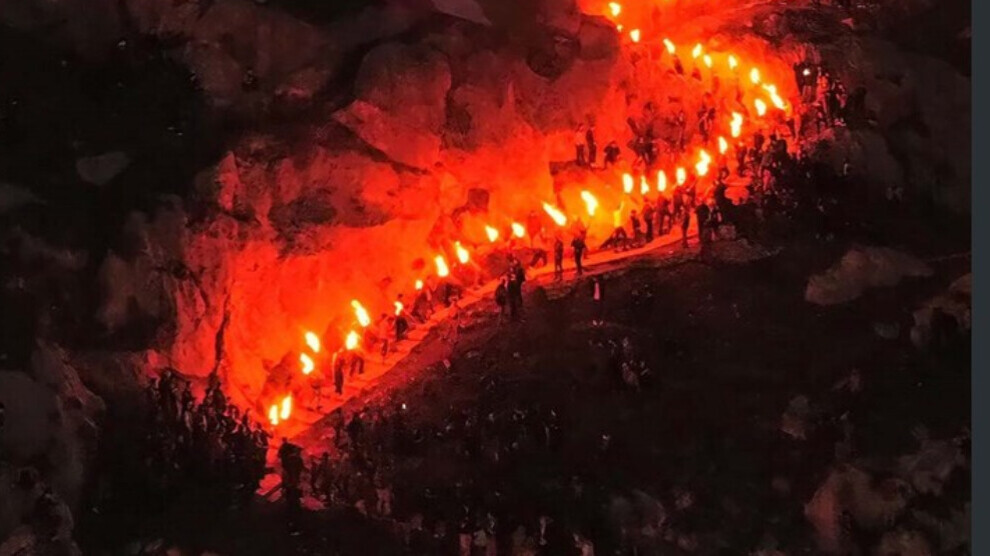Symbol of resistance: Newroz
Newroz is one of the oldest feasts in history. Newroz is the arrival of spring. It is celebrated worldwide on March 21 by various ethnolinguistic groups.

Newroz has been celebrated by diverse communities for over 3,000 years in Western Asia, Central Asia, the Caucasus, the Black Sea Basin, the Balkans, and South Asia. It has been celebrated since the reform of the Iranian calendar in the 11th century CE to mark the new year. While some celebrate Newroz on March 21, others celebrate it on March 22 or 23, marking the beginning of spring in the Northern hemisphere. It is also a holy day for Zoroastrianism, as well as for the Baháʼí faith.
In 2009, Newroz was inscribed on UNESCO's Representative List of the Intangible Cultural Heritage of Humanity. In 2010, it was celebrated as International Newroz Day on March 21. Being celebrated as an official holiday in many countries, Newroz has become a symbol of resistance in Turkey because people have faced pressures and bans when they want to celebrate it. For this reason, Newroz is the day for people to raise their voices and the day of political resistance.
It is the symbol of freedom
For Kurds, Newroz is the day when the Kurdish people, under the leadership of Kawa the Blacksmith, lit the fire of resistance against the oppression of the Assyrian King Dehak and crowned it with victory. Newroz means “New Day” in Kurdish. For Kurds, it is not only the arrival of spring but also a symbol of resistance and freedom.
Kurdish people were banned from celebrating Newroz for years. The number of people killed, injured, detained, and arrested for celebrating Newroz despite the bans is unknown. The Kurds, who faced oppression by Dehak years ago, have faced oppression by governments.
The yellow, red, and green apron worn by Kawa the blacksmith becomes a symbol for the liberated peoples. Yellow, red, and green colors have been used as the national colors of the Kurdish people since then.
The legend of Kawa
“2,500 years ago, there was a blacksmith called Kawa living under the cruelty of an Assyrian king called Dehak. The king was so brutal and there were two giant snakes on his shoulders. The snakes were fed with the brains of young boys and girls. He had two Kurdish young people brought to his palace every day to feed his snakes and had them killed. At the same time, the king prevented the arrival of spring. Two people, Armayel and Garmayel, who wanted to do something to get rid of this persecution, entered the king’s palace as a cook. They killed only one of the children to feed the king’s snakes and helped others to sneak out of the palace. Thus, they mixed a human with a sheep and gave it to the snakes, and saved a child every day. It is believed that people who can escape from the palace are the ancestors of the Kurds, and they were secretly trained by the blacksmith named Kawa to become warriors. Thus, these warriors, led by Kawa, marched to the tyrant’s palace on March 20 and managed to kill the king with hammer blows. Kawa burned fires on all the hills around and celebrated the victory together. Thus, the Kurdish people would be freed from the cruel king and spring would come the next day.”
